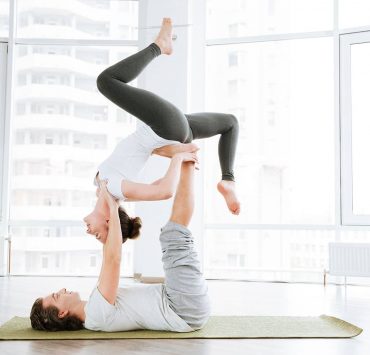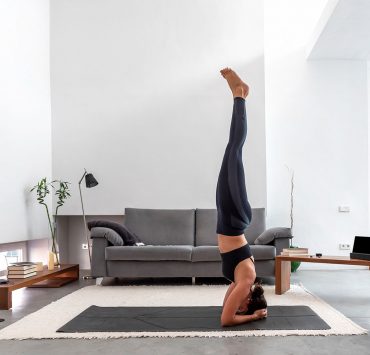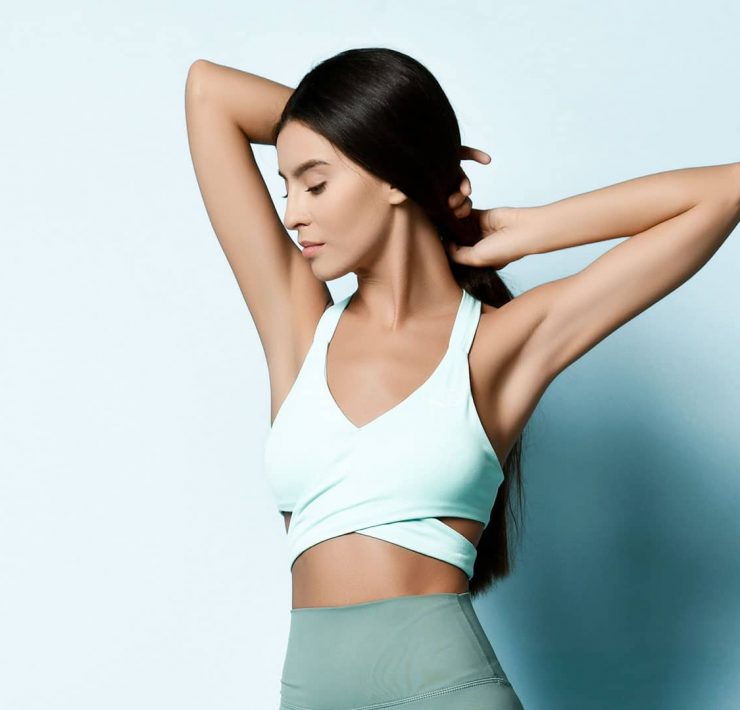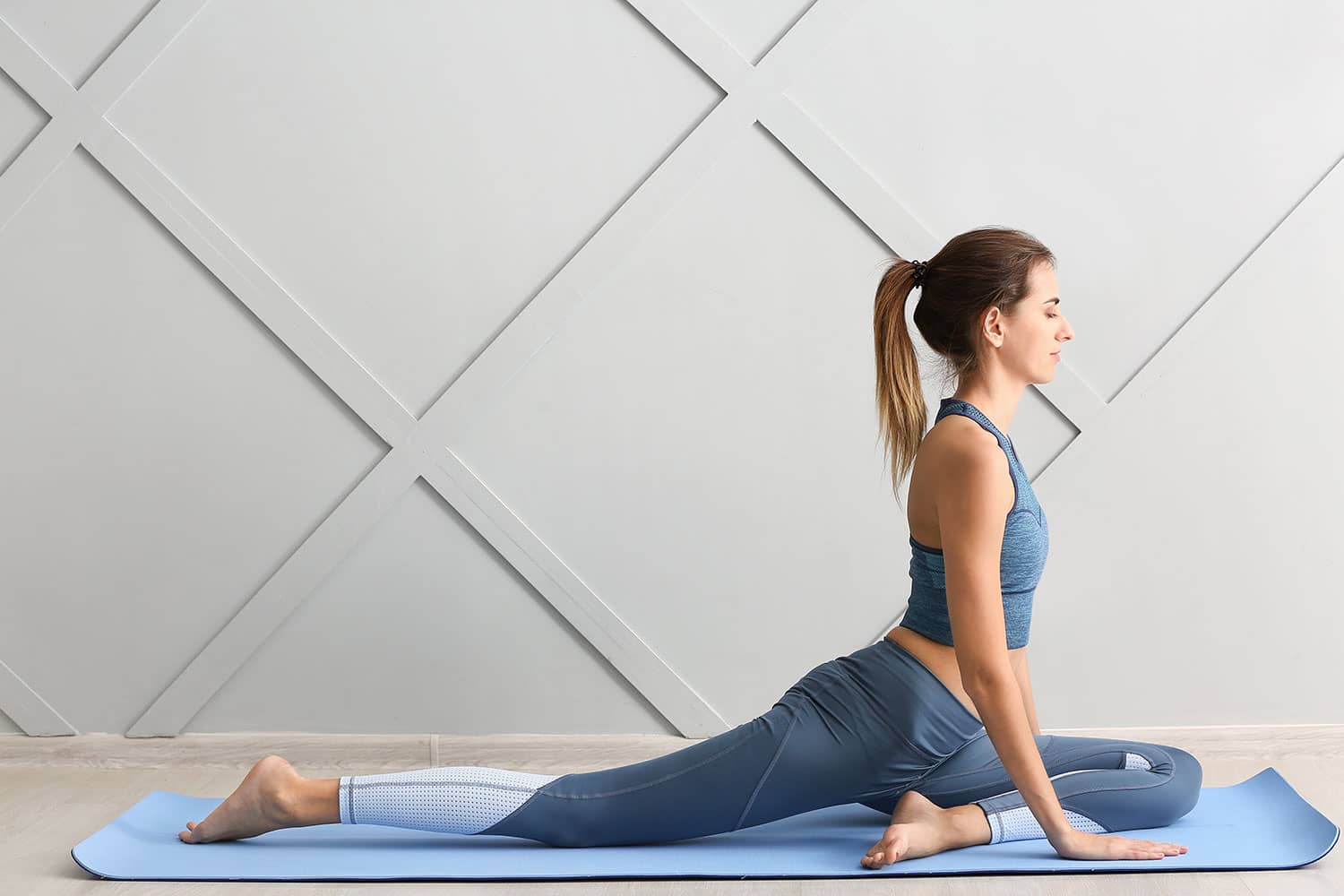
Susan views the world through a lens of spirituality, health,…
Yin Yoga is a gentle style of yoga known for its generous use of props like pillows, bolsters, blocks, and straps to help you stay in one asana for minutes at a time. It targets the soft tissues which lengthen and detoxify when the bigger muscles above them are relaxed.
Although it is a slower paced class than a dynamic vinyasa style, it can still be a challenge for any level of yoga practitioner.
Because the flow of energy through the meridians and organs, taught in Traditional Chinese Medicine, is very much part of this practice, it is known to restore and recharge your system even without being as energetic as other styles of modern postural yoga classes.
What is Yin Yoga
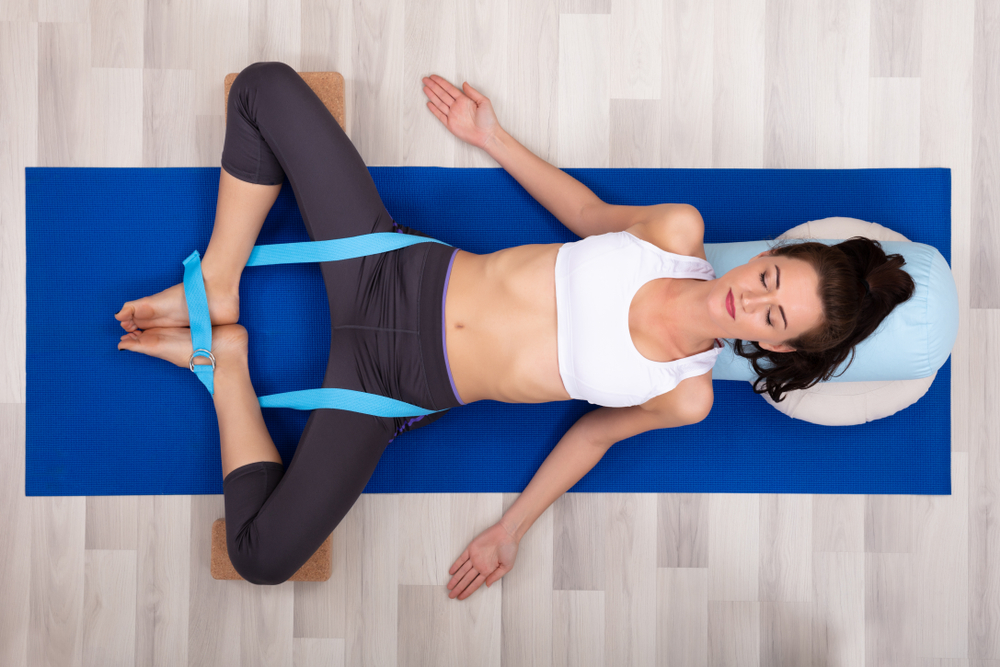
Yin Yoga as it is known today was developed by Paul Grilley. He was inspired by the style of his teacher Paulie Zink, who called it Taoist Yoga. Grilley was a student of Daoism and spent many years in various countries in Asia to dive deep into the energetic, subtle anatomy of the body, meditation, and yoga.
What sets Yin Yoga apart is its focus on keeping the body relaxed, passive (or better yet receptive), and even though some of the asana may be challenging, they are not meant to introduce heat into your body. Grilley’s own student, Sarah Powers broached the idea of calling this style of yoga “Yin” to differentiate it from other more popular styles of yoga which are more dynamic, hot, and “yang.”
Yin Yoga marries philosophies from Indian Vedic tradition with traditional Chinese medicine. Classes Are usually themed around a meridian or organ and how this energy affects overall health and well-being.
How to Approach Asana in Yin Yoga
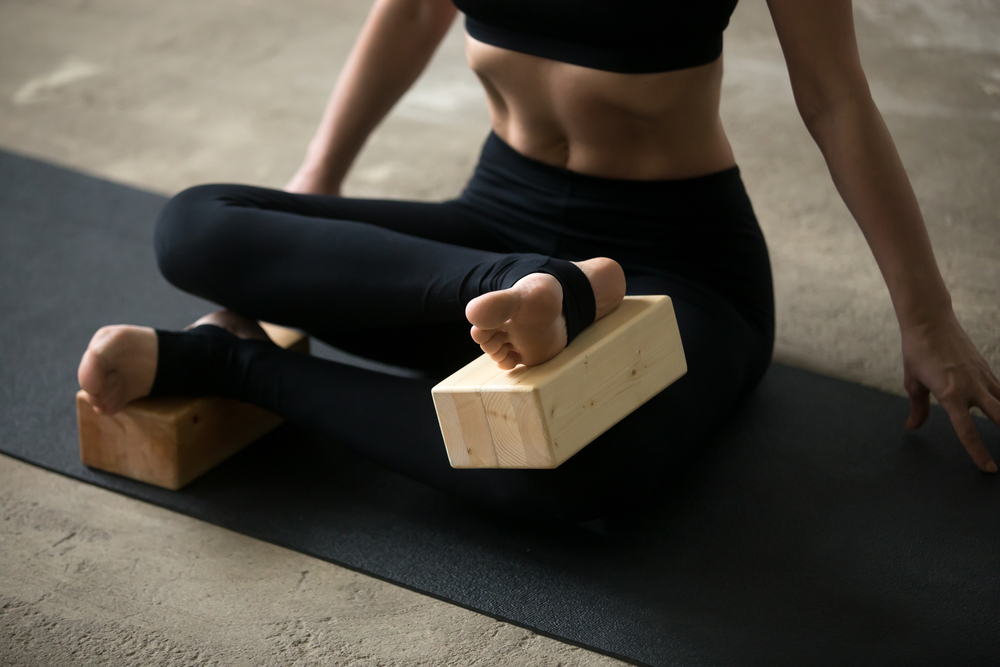
Yin Yoga class is all about the approach to the asana. It’s not about pushing yourself to your maximum or achieving any specific shape in each pose. You are encouraged to use as many props as you need to feel comfortable in each asana.
You may notice that Yin Yoga does not use the Sanskrit names for the poses, and sometimes does not also used the commonly used English names for them either. This is also has to do with the approach to Yin Yoga. Many commonly used names for the asana focus on the muscle groups that are meant to be activated. However, you want your body to be passive and receptive, rather than active, in a Yin Yoga practice, so the names were altered to reflect this intention.
As you hold each pose for three to ten minutes at a time, focus on keeping your breath long and deep. Don’t worry about counting breaths or seconds. Allow yourself to become enveloped in your own breath and let gravity do the work of bringing you deeper into the stretch for you.
There are seven archetype poses in Yin Yoga which target the ten myofascial groups and 14 skeletal segments of the body.
- Saddle
- Caterpillar
- Shoelace
- Dragonfly
- Dragon
- Twist
- Dog
These poses mainly target your legs – the hamstrings, glutes, adductors, hips, quadriceps, and flexors. They also give a good stretch to your torso, rectus abdominus, obliques, thoracolumbar group, quadratus lumborum, and uppor body.
From these archetype poses, you can explore other variations which can restore and recharge your body with Yin Yoga.
Props Used in Yin Yoga
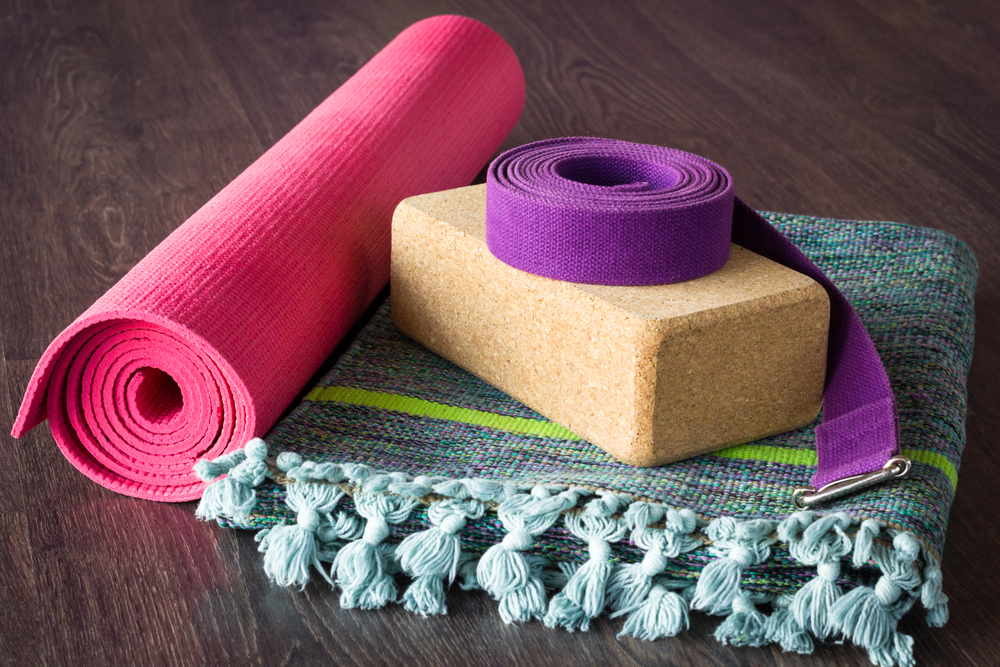
Paul Grilley teaches that every single body is unique and anatomy cannot be applied generally across the board, especially in yoga classes. Props are used generously in Yin Yoga to support your body, alleviate unnecessary strain but also increase stress and pressure in specific target areas when desires.
Properly placed props help to create length and space, make poses more attainable and accessible, provide support so that your bones feel stable and muscles can release, and most importantly, to increase comfort so that you can stay in a single pose without distraction for longer periods of time.
There are two categories of props used in Yin Yoga. Standard Props, which most yoga studios will have stocked:
- Bolsters
- Blocks
- Straps
- Pillows
- Blankets
The other category is called Esoteric Props, which are creative uses for other objects that can be used in your yoga practice:
- Dowels
- Towels
- Wall
- Chairs
- Ropes
- Books
- Handbags
- Partners
- Pets
Props, just like anatomy, are not a one-size-fits all deal. Use props creatively to give your body what it needs in each pose. Because the poses are held for so long, ensure that you use enough props to assist you, but not do all of the work for you.
A single Yin Yoga class will not have as many asana as other style of yoga so make the most of the asana that are in the sequence to gain flexibility and stability quickly with a regular practice.
Yin Yoga Poses To Recharge and Restore Yourself
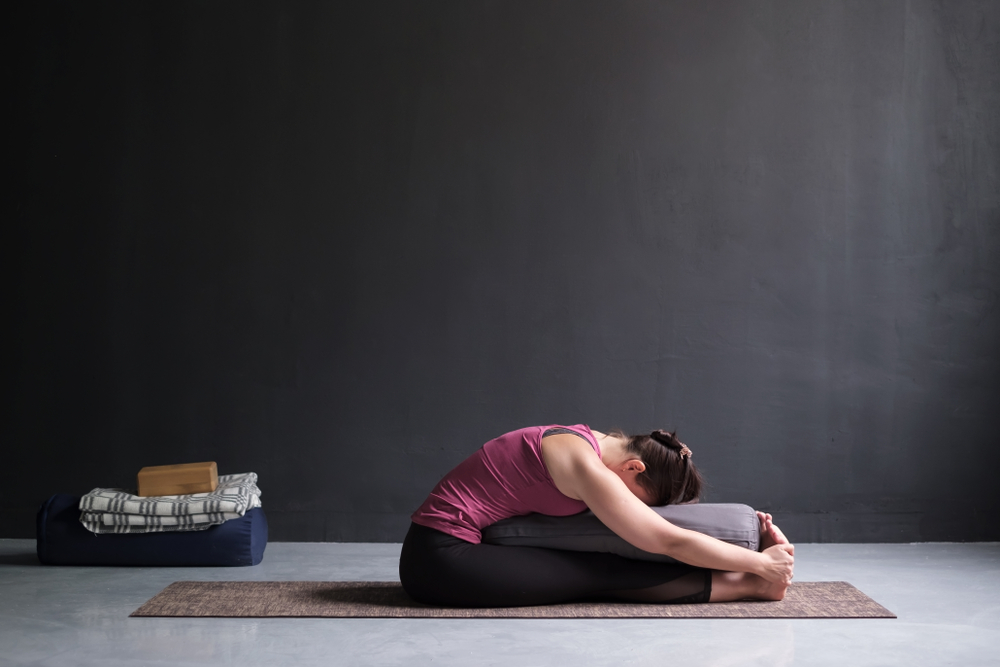
This is a quick, Yin Yoga sequence with poses that will restore and recharge. If you are a beginner, hold each pose (and each side for asymmetrical poses) for 45 seconds to 2 minutes at a time. More intermediate practitioners may hold the poses for 3 to 5 minutes at a time.
Try to stay away from counting seconds or your breaths. If you are in a class, wait for the teacher to signal that it’s time for the next pose. If you are practicing at home, set a timer so that you don’t have to worry about time.
Before moving on to the next pose in the sequence, always allow enough time to rest in-between poses in a neutral recovery pose.
Balasana – Wide-knee Child’s Pose
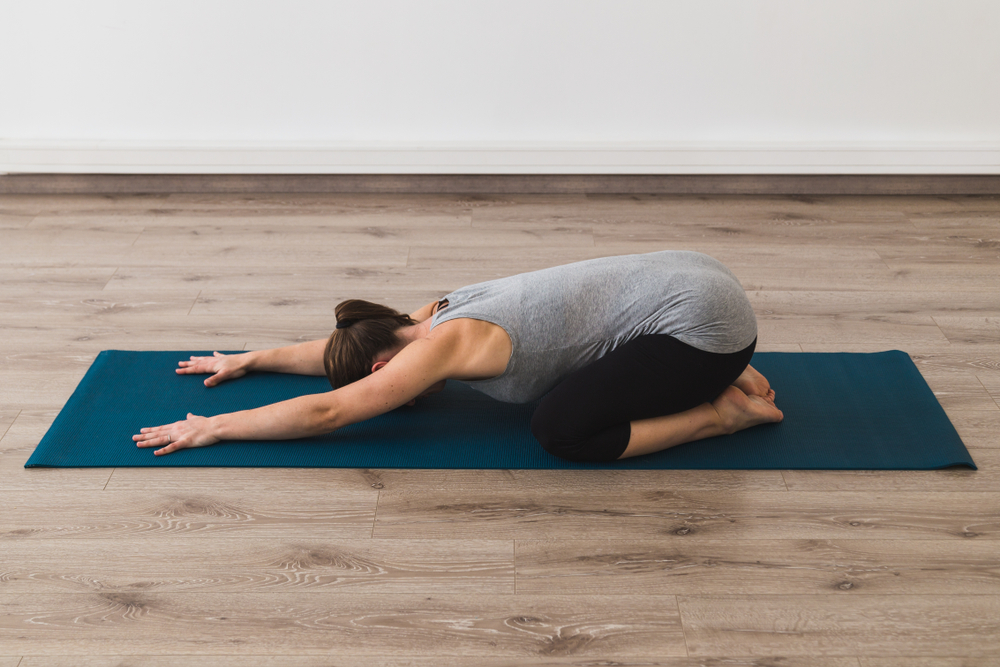
This pose is great to start off any yoga practice. It helps to get your mindset into this meditative, slow, gentle yoga practice. Keeping your knees wide give more space for your torso to rest between your legs and sink deeper to the earth. If needed, place a bolster and/or pillows underneath your body to hold you up at a comfortable angle. Relax your arms over your head or at your sides. While you’re here, remember to keep your breaths long and deep for the entire practice.
Baddha Konasana — Butterfly Pose
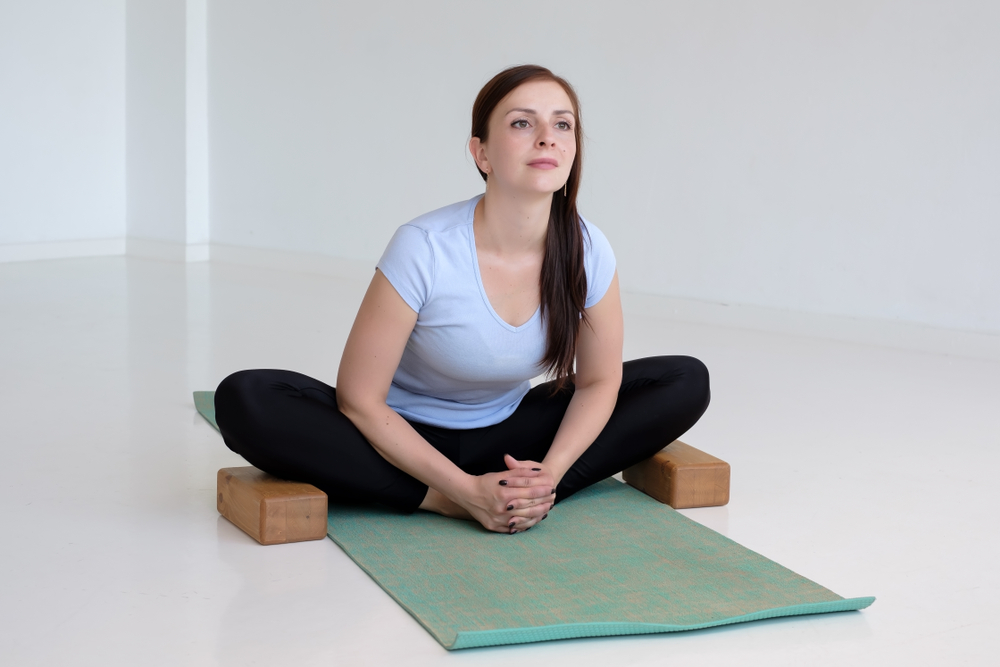
This seated posture helps to open up your hips and release your lower back. Put blocks, bolsters, pillows, or folded up blankets and towels underneath your knees to support them and place the soles of your feet away from your groin to create more space if needed. Keep your spine long as you begin to fold forward but before you reach your maximum, relax your spine, shoulders, and neck. Place more bolsters and pillows under your torso to hold you up if needed. Keep pushing the soles of your feet gently into each other for minimal support to protect your knees without straining your leg muscles.
Salamba Bhujangasana — Sphinx Pose
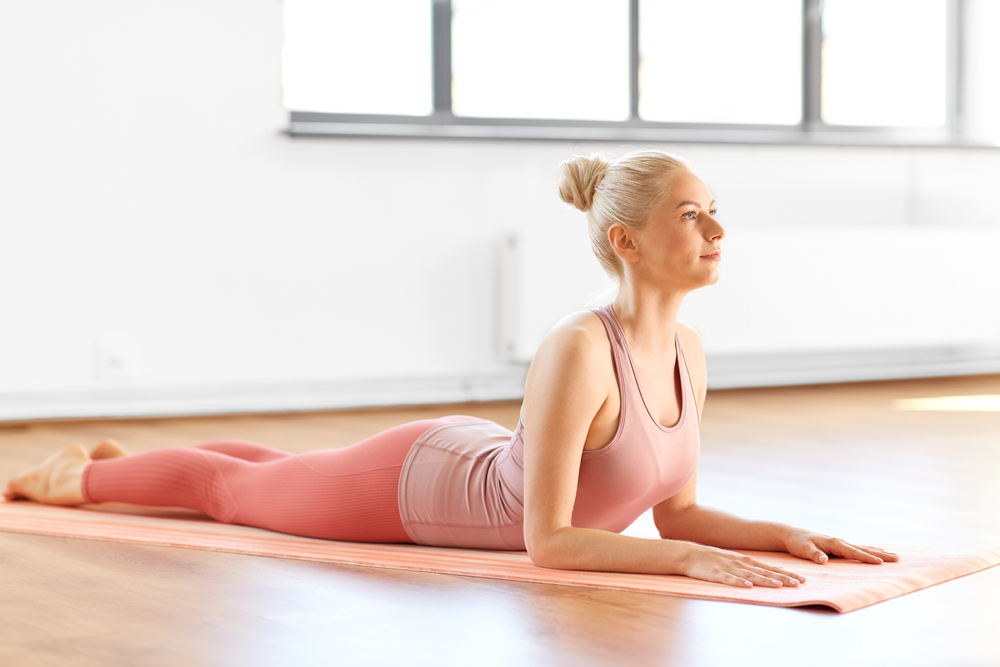
This passive type of back bend posture is probably the only one in yoga where you are allowed to let your shoulders rise towards your ears. Position yourself belly down on your mat and place your elbows underneath your shoulders. Either relax your neck so your head hangs down or keep your gaze a few inches in front of your mat to prevent compression in your cervical spine.
Anahatanasana — Puppy Pose
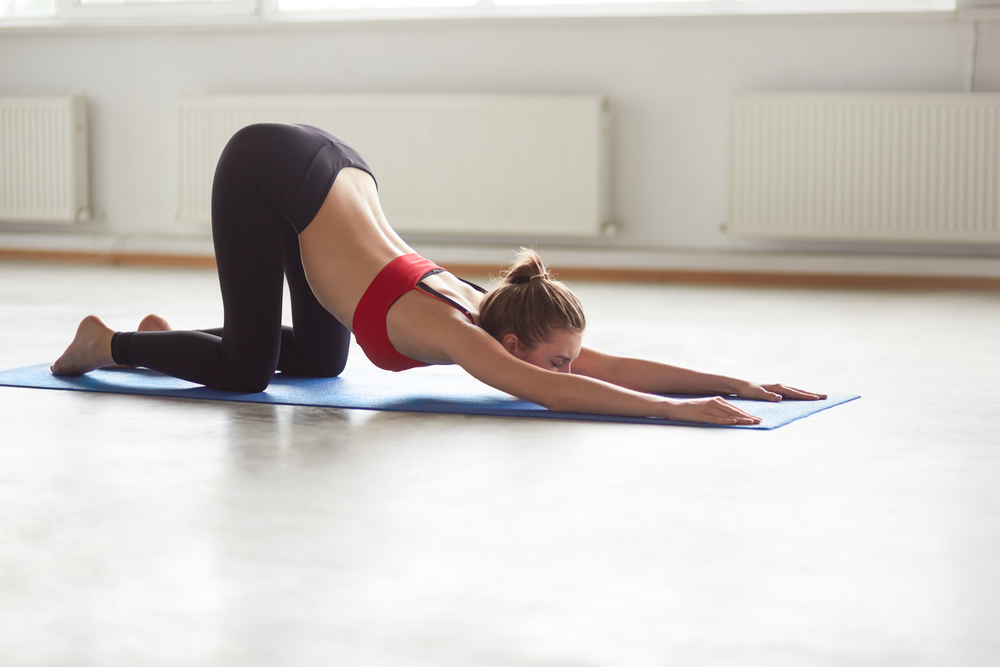
Anahatanasana is another back bend pose which expands the chest and helps to increase breath and blood circulation. The pose itself is like a cross of Child’s Pose and Downward Facing Dog. In some styles it’s called Downward Facing Puppy. Those who have knee issues can use this pose as an alternative to Balasana. This pose is also good for your shoulders, especially if you normally work a job hunched over a computer or laptop all day.
Dragon Pose
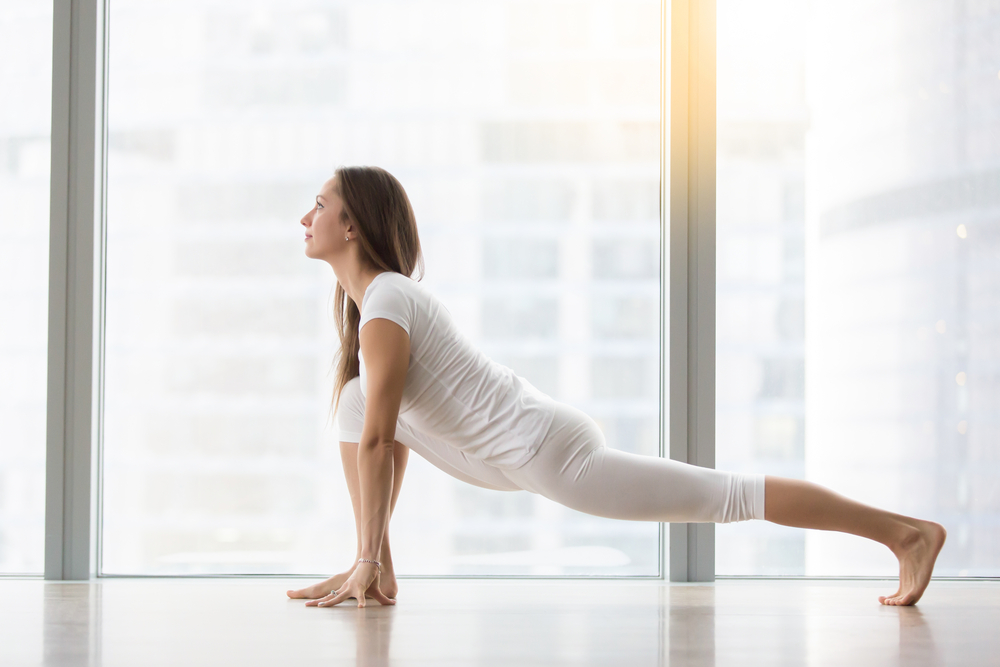
This is a deep hip opener which targets the hip flexors from your back leg. It is similar to a deep low lunge. Keep pushing the top of your back foot into the ground to maintain the lift and stability for this pose and use blocks underneath your hands to hold on to especially if you cannot reach the floor. To come out of the pose, allow your front leg to slowly slide back and recover for one minute in Child’s Pose.
Eka Pada Rajakapotanasana — Swan Pose
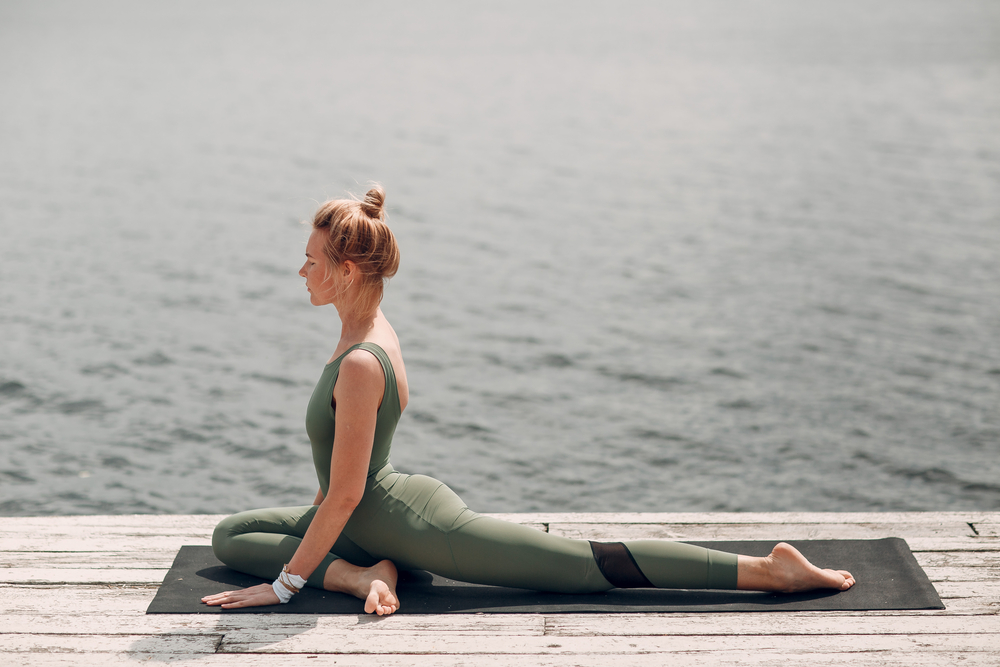
This Yin Yoga version of Eka Pada Rajakapotanasana compresses the lumbar spine and targets your glutes and hip flexors. Even though you want to keep this pose passive and receptive, keep the flex in your front bent leg to protect your knees while staying in this pose. Place a blanket underneath your hip to help stabilize this asana if you find yourself tipping over to one side, and use blocks under your hands to hold on to if you can’t reach the ground. Similarly to coming out of Dragon Pose, carefully slide your front leg back and allow yourself to rest and recover for at least one minute in Child’s Pose, Savasana, or Modified Constructive Rest Pose before continuing.
Supta Virasana — Saddle Pose
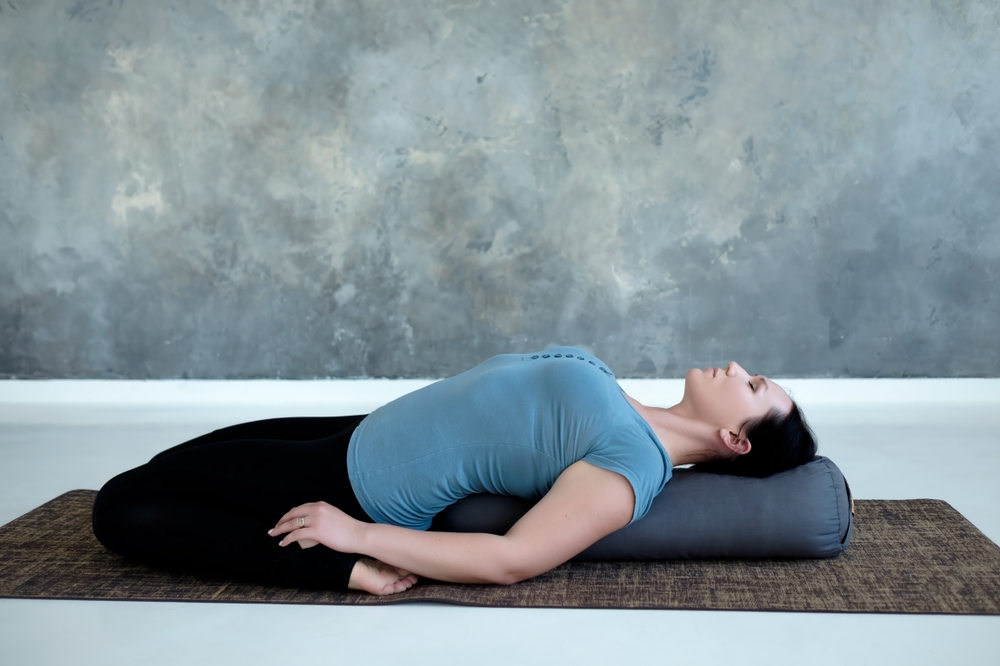
This pose requires hip and ankle mobility which is why it’s normally sequenced after Dragon, Swan, and other preparatory poses. It targets your quads and, depending on your feet placement, compresses your lumbar spine. To increase stimulation to your quadriceps, sit between your feet. If you want a deeper back bend, sit on your heels. To make this pose comfortable you can place a rolled up blanket behind your knees before your begin laying down. You can also lay down on a bolster if your quads feel too tight.
Bananasana — Supine Lateral Side Stretch Pose
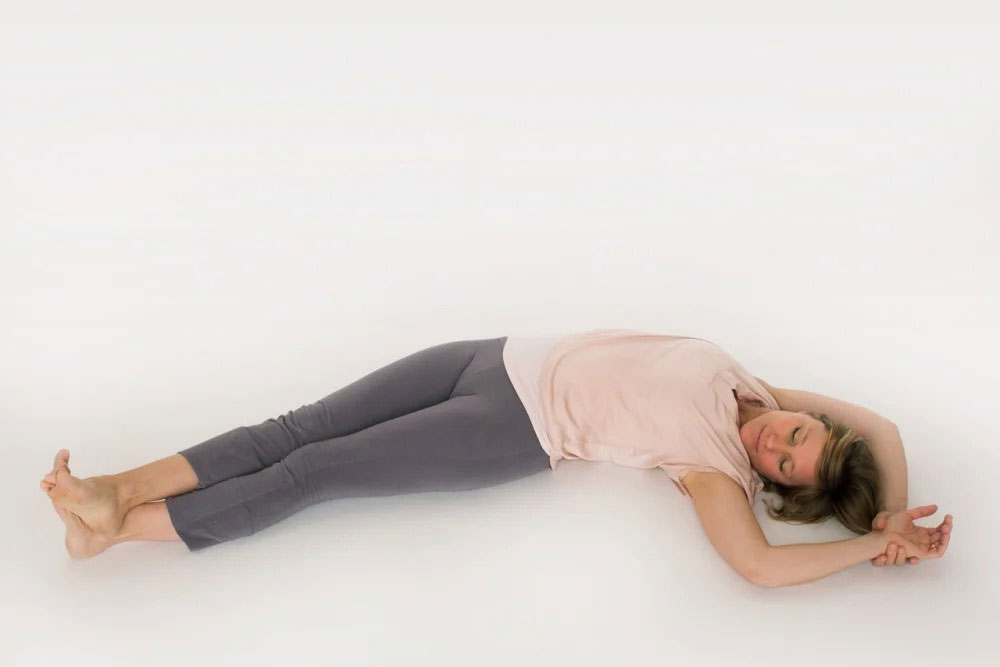
The amusing name of this pose come from the shape you make with your body. It is a simple pose that stretches and lengthens your entire side body to improve circulation and targets your myofascial tissue. Begin by laying on your mat and raise your arms above your head. Slide both heels to the right side of your mat and also reach your hands to the top right side as well. The stretch will be on the left side of your body. After a few minutes here, rest for at least 1 minute in Savasana or Modified Constructive Rest Pose before doing the same on the other side.
Twisted Root Pose
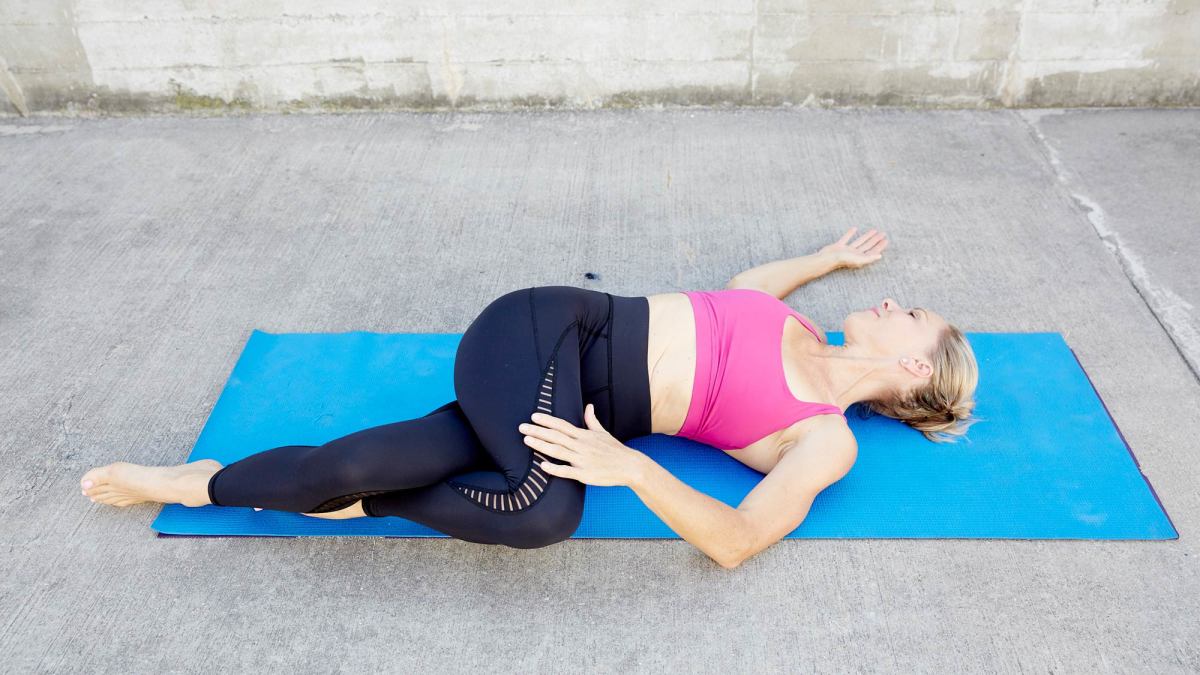
Gently rotating your spine in this supine pose releases tension and stimulates you obliques, glutes, and IT band. If your ankle or shoulder is off the floor, place a block, or rolled up towel underneath them for support and comfort. Be aware of any tingling sensation in your arms or numbness in your fingers as you hold this pose as it may be an indication of a pinched nerve – fix this by simply lowering your arms. As with all previous asymmetrical postures, carefully come out of the pose and relax completely in a recovery pose for at least one minute before repeating the asana on the other side.
Corpse Pose aka Pentacle
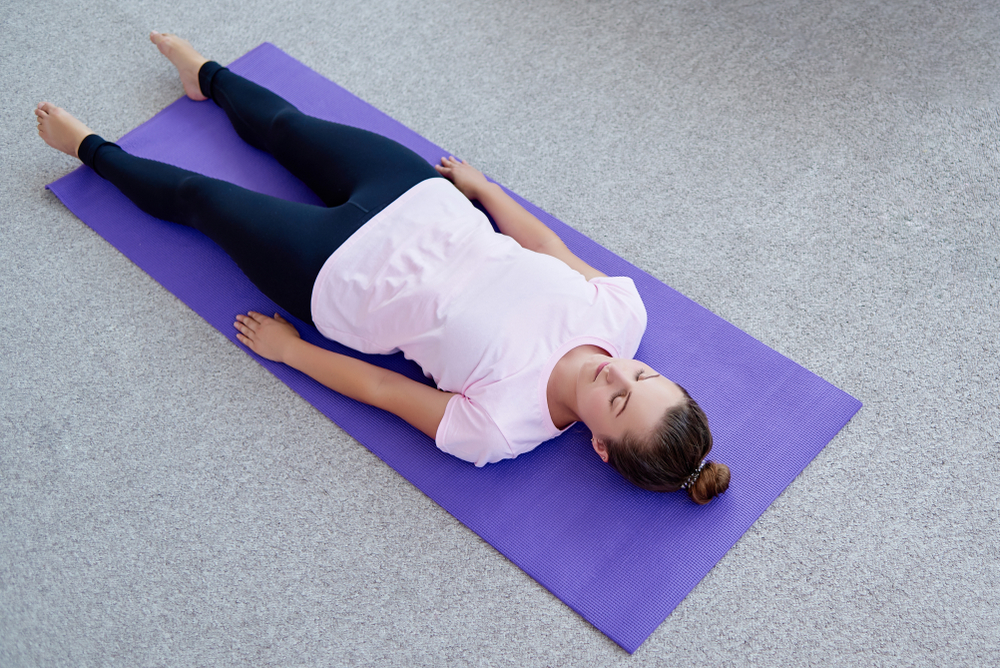
Even though Yin Yoga is a slow and gentle practice, it is still important to close the class with Savasana, or as it’s called in this style of yoga, Pentacle Pose. Just like with traditional Corpse Pose, lay on your back and allow yourself to relax completely into the pose without falling asleep. In Yin Yoga, you can place your feet and arms further away from the central line of your body, thus creating a star or pentacle-like shape with your whole body, which the pose is named for.
Conclusion
Yin Yoga is designed to lengthen and target the soft myofascial tissues all over your body. The slow paced, yet challenging poses help to restore and recharge your system. When you practice Yin Yoga, allow yourself plenty of time and space to settle into each pose in a comfortable way, without sharp pain or strain, but still leaving room for specifically targeted pressure that will build flexibility and stability in your practice.
What's Your Reaction?
Susan views the world through a lens of spirituality, health, and compassion. Her positive outlook on life shines through her writing, which is heavily focused on yogic living, meditation, and conscious eating.






